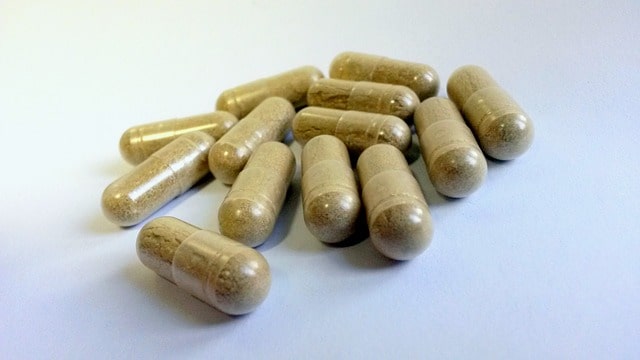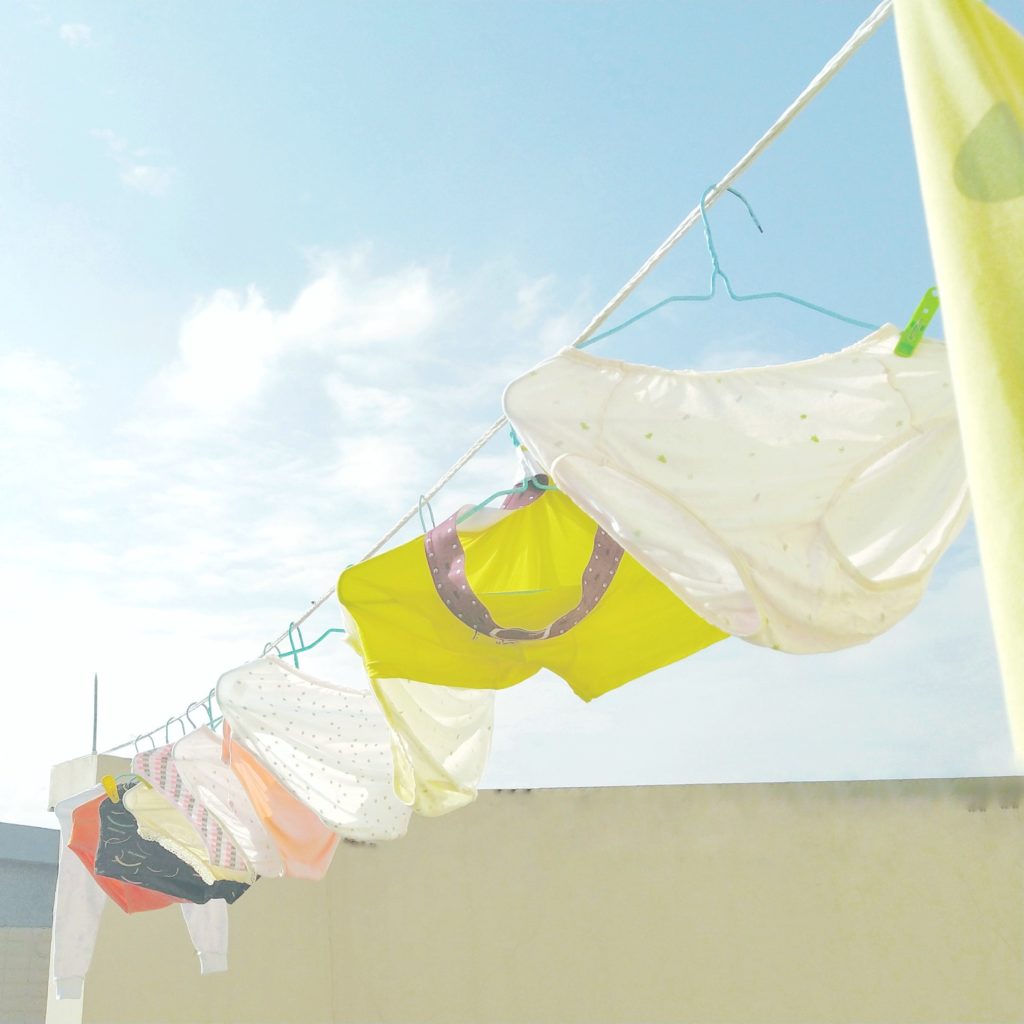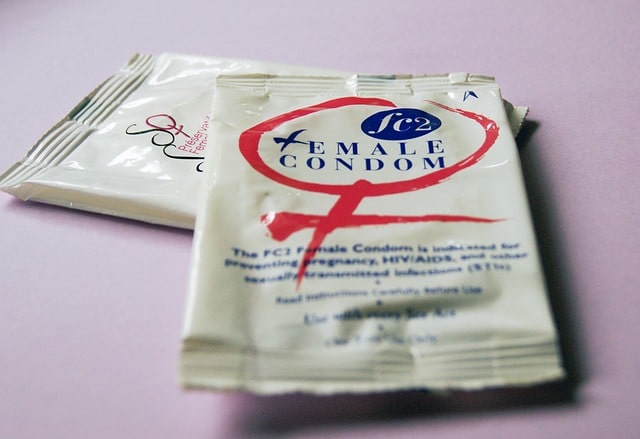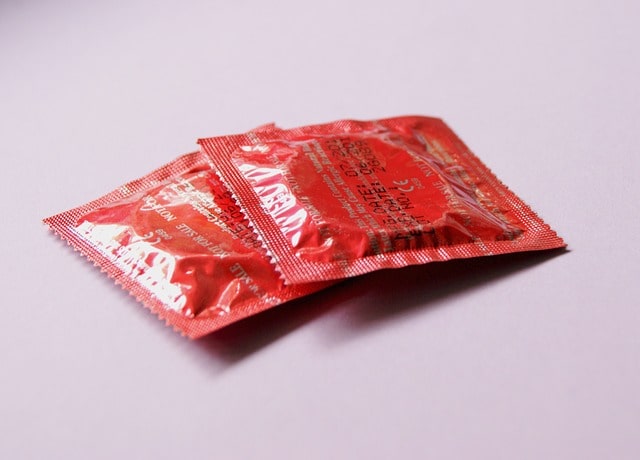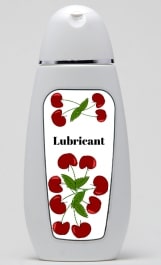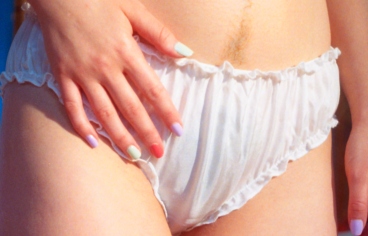Hey, Lovies!
I am very pleased to be sharing with you right now.
At some point or another, you will find this information so essential.
Because about 75% of women worldwide will get a vaginal yeast infection in their lifetime.
That is 3 out of every 4 females.
Of that number, 40-50% will get it multiple times.
If by the end of this post, you realize you must change up some things, set your mind to take the first step in caring for your body better today.
You can change your lifestyle for the better.
You can keep the ‘curses’ of mother nature on the female gender at bay.
Take charge of your beautiful temple with a better mindset full of knowledge.
Let us get started!
What is a yeast infection and what causes it?
Medically speaking, a yeast infection is termed as vulvovaginal candidiasis (VVC).
This term describes the area of the genital affected and the type of yeast which causes the infection.
Candida, a type of yeast, is a fungus.
The candida group has different species which causes the VVC.
The Candida albicans species is responsible for most cases (80 to 90%) of yeast infections.
There are at least 3 other species which may occur. Research has shown they are becoming more prominent these days.
Anyways, this is not a medical school class. If you want to know more about the candida fungus itself, check out the post on the yeast profile.
What you need to know right now is how to avoid yeast infections.
Because, if you know what increases your chances of getting yeast infections, you can plan prevention from that point of view.
The Vaginal Flora
FYI, the vajajay has its own self-cleaning action built into it.
From a basic standpoint, it does the job well and needs no outside influence.
However, you may need to give it a boost, when you change its typical environment.
Furthermore, it is possible for you to interrupt its environment indirectly most times.
Ying-Yang balance
The vagina’s environment has a perfect balance of organisms living in it.
I classify these organisms as positive or negative, based on what they are doing to the coochie.
Positive organisms will keep the vajajay’s environment clean, balanced and healthy _ free from infections.
Lactobacillus is the most common of these positive organisms
The organisms are negative when they behave like outlaws – growing out of proportion and causing disease (signs and symptoms).
Two such include E. Coli and Gardnerella vaginalis. They cause bacterial vaginosis (BV).
So, what is flora?
All these organisms make up what doctors call the flora of the vagina.
Flora is the fancy term for common organisms living (colonizing) in a specific region of the body.
The vaginal flora can also be called vaginal commensals.
The few organisms named above, form part of the vaginal flora.
They are predominantly bacteria, but some fungi exist there too, like Candida.
Under the right conditions, they live in peace and harmony.
On the other hand, some of those organisms start to grow out of proportion (negative behaviour). This causes an infection.
Candida friendly or enemy?
Candida is usually found in the vaginal flora. The Creator placed it there.
However, when the vaginal environment is disrupted, a Candida overgrowth causes the vulvovaginal candidiasis.
The disturbance is usually due to a change in the number of protective organisms, mainly the lactobacillus.
Outside factors tends to directly remove this protective force and suppresses its (lactobacillus) existence.
What will you learn from this?
As you read, you will understand two main things:
# 1. Your body’s intricacies, as a female, already places you at risk for yeast infections.
# 2. Your actions to prevent yeast infections will be focused on behavior modification.
The point is that, you may not be able to change your body’s design already set by the Creator. But, you can change those behaviors to raise your sexual health to its best level.
So, lovies, let’s get to learning.
Know your risks
There are some things which may increase your risk of candida infections that you just cannot change.
However, for what you have the power to, it’s always best to modify those behaviors early for good outcomes.
There are many risk factors you have for getting yeast. Just being female is a big risk factors.
You need to know about them, so you can see what you are in for.
I have them all written down here in another post.
Be sure to check them after you read this.
Don’t forget to share these tips with your lady friends.
Remember that at least 3 out of every 4 women you know will get yeast infections.
They can all use this great help!
They need the lessons of prevention too.
So, let’s get on with this.
Ways you can avoid yeast
#1. Taking probiotics
The immune system surely doesn’t mind a boost from some probiotics.
Multiple studies have shown that some probiotics may reduce your chances of VVC.
They top up your vajajay’s reserve of protective organisms (flora).
Anyone can take the probiotics.
They come as capsules or in specific food items.
Also, probiotics are handy when you must take antibiotics or chemotherapy drugs.
You should consider these too if you use birth control pills or devices.
Most yogurt makers these days advertise their probiotic properties, so go ahead and give them a try.
It may be comforting for you to know that studies done recently have reported that yogurt along with honey stood up to commonly prescribed antifungals used to treat yeast infections.
Here is a list of other foods rich in probiotics:
- Kefir
- Sauerkraut
- Tempeh
- Kimchi
- Miso
- Kombucha
- Pickles
#2. Vajajay-friendly diet
Fruits and vegetables are a no-brainer for healthy eating.
Studies have shown that occasional or no consumption of sugary foods and beverages is associated with significantly fewer occurrences of VVC.
Less bread and alcohol consumption too can reduce the chances of yeast infections.
#3. Control your blood sugar
A balanced blood glucose level is best for maintaining the core of protective flora in the vajajay.
By consuming less sugars in your diet, you help to maintain this.
If you have diabetes mellitus, taking your hypoglycemic medications regularly and ensuring your glucose levels are within the normal ranges will keep the yeast away.
#4. Good hygiene practices
The clean, dry, fresh environment will make your army of protective flora a powerful force that those sick yeast will have to reckon with.
You keep at your best when you change all the necessary add-ons like pads and tampons on a timely basis.
Also, if you give the yoni the right clothes too, it will thank you for it.
I have a post on the ultimate vajajay care. You should check it out.
#5. Changing your birth control
Method 1: The pill
If the oral contraceptives pills (OCPs) is your method, check if it has estrogen. Then check if the estrogen dose is high or low.
There are many OCPs with just a single hormone in it –PROGESTERONE.
These are called POPs_ short for progesterone-only pills.
The POPs work well and are not associated with yeast infections, compared to estrogen-containing OCPs, especially the high dose types.
The high-dose estrogen OCPs are like fuel to a fire to set the coochie in Candida mode.
If you already have a history of recurrent VVC, and you are taking OCPs with estrogen, now would be a good time to speak with your doctor about switching to POPs.
Method #2: The Devices
Many women use devices as their method of birth control. These range from cervical diaphragms, cups and sponges.
Their presence in the coochie and the adjuncts used with them like spermicides, can alter your flora and cause the yeast to grow rampantly.
Intrauterine devices (IUDs) like the coil – Mirena®, Jaydess ® and Copper T are commonly used too.
These methods are awesome and very few women have issues with them which requires removal.
However, if your happiness with your sexual health is severely affected because of recurrent VVC, you may be at your breaking point.
You may be thinking of taking that IUD out and be over it!
However, before you jump to terminating it, I suggest you give all the other options in this article a try.
They may turn out to be the change you have been longing for.
If they work, you get to keep the assurance of your long-term contraception and live a yeast-less life.
If they fail and you are sure that termination is the best and only option for you, take it out and get back to a yeast-free life.
Terminating may be a sad occasion for your doctor but, your satisfaction is important.
#6. Safer sex practices
Having a single partner (and condoms) makes the perfect combination for a life of satisfaction, love and a yeast-less vajajay.
Plus, the confidence in the relationship is a bonus.
What more can a girl ask for?
Research has shown that the less partners a woman has, the less her chances of getting the wrong bugs pitching on her cookie.
If you find yourself in a situation of multiple partners, make the right decision today.
Save it for Mr. Right, lovies!
You won’t regret it.
#7. Water-based lubricants
You know the love waves are in the lube.
A little lube can make you go to extra-terrestrial exotic places in your mind.
Compared to the oil-based lubricants, water-based (W-B) lubes are better in a number of ways.
They cause very minute alterations in the vaginal flora.
There is hardly ever any disturbance of the rosy bed.
Hence, fewer chances of yeast infection.
We could refer to them as silent entertainment coordinators… just doing their jobs of making love more exciting.
Other benefits of water-based lubricants:
- W-B lubes make condoms work better.
- Oil-based lubricants which can ruin your condoms and render them ineffective. That can increase your chance of unwanted pregnancy and sexually transmitted infections
- Safe to use for BJs and toys
- They are more hypoallergenic
- Less messy application with your hands
- Easier clean-up compared to the oil-based and silicone-based types. Oil-based can make cleaning your sheets a real pain.
You should try these. Just buy lube-free condoms or use the ones packaged with water-based lubricants.
The drugstore shelves have many options.
If you need more help, I found a great article from the Bustle Group you can check out. They give you the top 8 options for the different types of W-B lubes out there. (link at the end)
I will do my own review later when I feel like I have garnered my fair share of experience.
#8. Skip the spermicides
This could be used as a form of contraceptive.
Spermicides have a high failure rate.
Most times, a baby gets baking in the oven.
Therefore, if you use spermicides but get the yeast way too often, consider skipping them.
Buy condoms without them.
Skipping the spermicide and using a more reliable form of contraceptives will save you a world of trouble (if I dare to call it that).
It’s better to avoid the yeast and the treatment for it by using an alternative birth control method.
#9. Wearing breathable clothes
The fabric is such an important part of your total cookie care.
The VETILATION is essential. Please, please, don’t forget it!
Use the natural fabrics like cotton or even silk for your panties and undies.
Heck, go commando at night too without fear.
Your gym wear
Use natural breathable fabrics rather than those heat-trapping synthetics.
Reduce your risk by changing out the bottoms of your gym wear.
Let the coochie breathe!
If you go for blended fabrics, it’s best to have at least 70% cotton.
Cotton undies and shorts are my workout besties. Let them become yours too.
Let’s Wrap this up!!!
There you have it!
This is how you can effectively avoid a new or recurrent yeast infection.
You no longer need to fear the annoying yeast, if you put these tips into practice.
Therefore, you escape the burden and cost of buying medications to treat the VVC.
Plus, those embarrassing symptoms which can make your life miserable isn’t worth it.
With all this said, YOU NOW HAVE THE POWER to avoid the yeast infections.
Have a healthy, yeast-free year, Lovies!
XOXO
References
- Bryan Larsen, Gilles R. G. Monif; Understanding the Bacterial Flora of the Female Genital Tract, Clinical Infectious Diseases, Volume 32, Issue 4, 15 February 2001, Pages e69–e77, https://doi.org/10.1086/318710
- Goldacre, M. J., Watt, B., Loudon, N., Milne, L. J., Loudon, J. D., & Vessey, M. P. (1979). Vaginal microbial flora in normal young women. British medical journal, 1(6176), 1450-3.
- Vaginal Candidiasis. (2017, August 4). Fungal Diseases. Retrieved December 24, 2018, from https://www.cdc.gov/fungal/diseases/candidiasis/genital/index.html
- Sobel, J. D., MD. (2017, October 3). Patient education: Vaginal yeast infection (Beyond the Basics) (R. L. Barbieri MD & K. Eckler MD, FACOG, Eds.). Retrieved December 24, 2018, from https://www.uptodate.com/contents/vaginal-yeast-infection-beyond-the-basics. Topic 8402 Version 22.0
- Ono F, Yasumoto S. [Genital candidiasis]. Nihon Rinsho. 2009 Jan;67(1):157-61. Review. Japanese. https://www.ncbi.nlm.nih.gov/pubmed/19177766
- Gunther, Luciene Setsuko Akimoto, Martins, Helen Priscila Rodrigues, Gimenes, Fabrícia, Abreu, André Luelsdorf Pimenta de, Consolaro, Marcia Edilaine Lopes, & Svidzinski, and Terezinha Inez Estivalet. (2014). Prevalence of Candida albicans and
non-albicans isolates from vaginal secretions: comparative evaluation of colonization, vaginal candidiasis and recurrent vaginal candidiasis in diabetic and non-diabetic women. Sao Paulo Medical Journal, 132(2), 116-120. https://dx.doi.org/10.1590/1516-3180.2014.1322640 - Qin F, Wang Q, Zhang C, et al. Efficacy of antifungal drugs in the treatment of vulvovaginal candidiasis: a Bayesian network meta-analysis. Infect Drug Resist. 2018;11:1893-1901. Published 2018 Oct 17.
doi :10.2147/IDR.S175588 - Mohammed A Farhan, Ahmed M Moharram, Tareq Salah, Omar M Shaaban; Types of yeasts that cause vulvovaginal candidiasis in chronic users of corticosteroids, Medical Mycology, , myy117, https://doi.org/10.1093/mmy/myy117
- Bruna Gonçalves, Carina Ferreira, Carlos Tiago Alves, Mariana Henriques, Joana Azeredo & Sónia Silva (2016) Vulvovaginal candidiasis: Epidemiology, microbiology and risk factors, Critical Reviews in Microbiology, 42:6, 905-927, DOI: 3109/1040841X.2015.1091805
- Xianling Zeng, Yafei Zhang, Taohong Zhang, Yan Xue, Huiqiu Xu, and Ruifang An, “Risk Factors of Vulvovaginal Candidiasis among Women of Reproductive Age in Xi’an: A Cross-Sectional Study,” BioMed Research International, vol. 2018, Article ID 9703754, 8 pages, 2018. https://doi.org/10.1155/2018/9703754.
- Sangaré, C. Sirima, S. Bamba, A. Zida, M. Cissé, W.W. Bazié, S. Sanou, B. Dao, H. Menan, R.T. Guiguemdé, Prevalence of vulvovaginal candidiasis in pregnancy at three health centers in Burkina Faso, Journal de Mycologie Médicale, Volume 28, Issue 1, 2018, Pages 186-192, ISSN 1156-5233, https://doi.org/10.1016/j.mycmed.2017.08.006.




